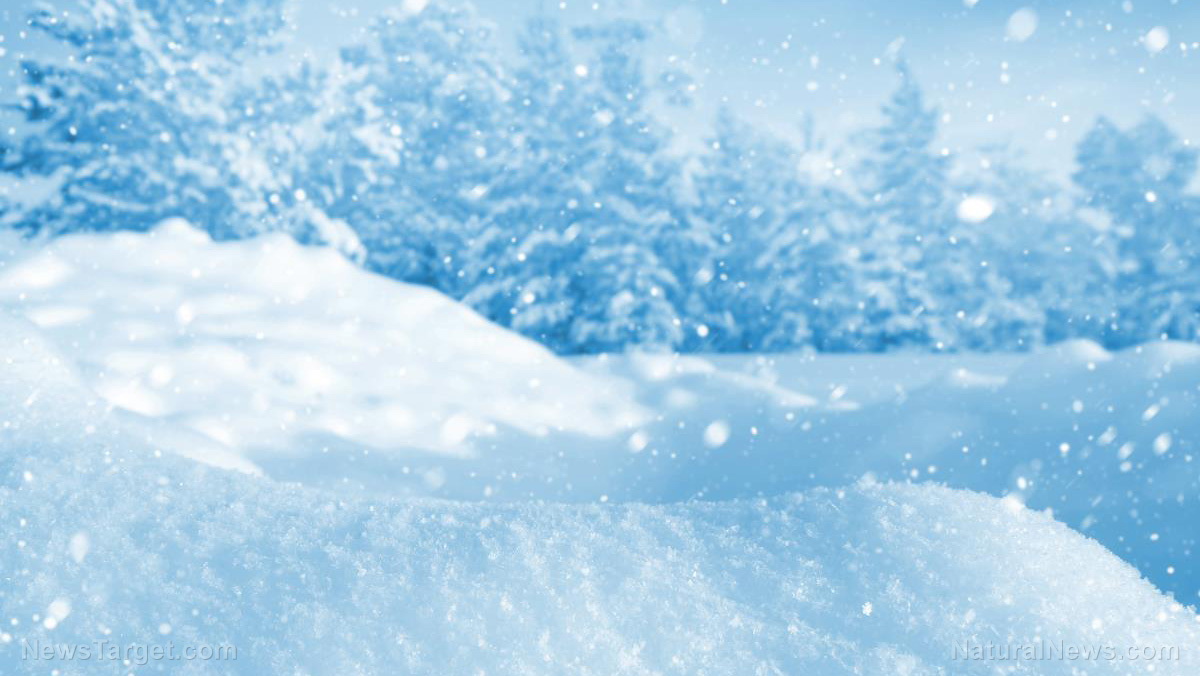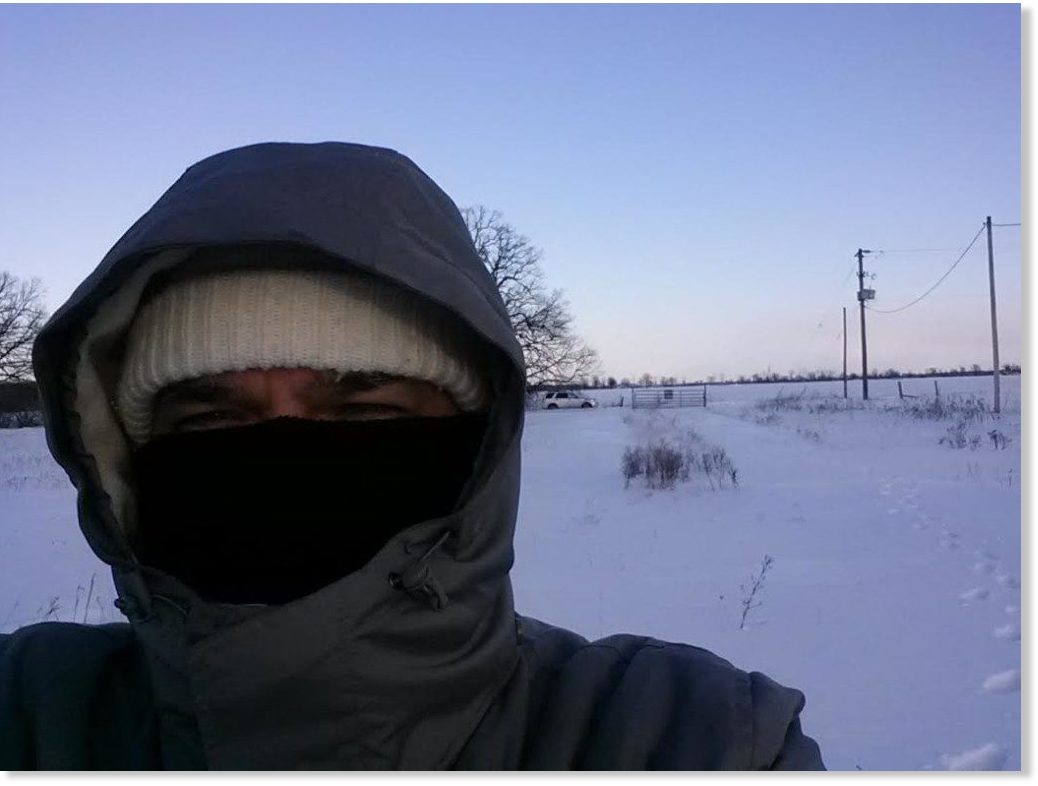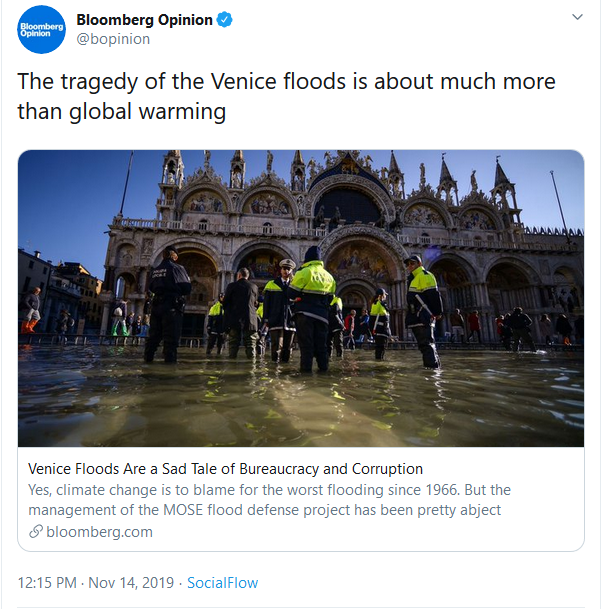Snip: 
So why is this happening?
Encore:

So why is this happening?
It is actually quite simple.
During a solar minimum, solar activity drops to very low levels, and that tends to mean lower temperatures on Earth.
Earlier this year, a panel of experts gathered to discuss the current solar minimum, and they came to the conclusion that it “could last for years”…
But that would actually be a best case scenario.If you like solar minimum, good news: It could last for years. That was one of the predictions issued last week by an international panel of experts who gathered at NOAA’s annual Space Weather Workshop to forecast the next solar cycle. If the panel is correct, already-low sunspot counts will reach a nadir sometime between July 2019 and Sept 2020, followed by a slow recovery toward a new Solar Maximum in 2023-2026.
“We expect Solar Cycle 25 will be very similar to Cycle 24: another fairly weak maximum, preceded by a long, deep minimum,” says panel co-chair Lisa Upton, a solar physicist with Space Systems Research Corp.
There are others that believe that we have now entered a “grand solar minimum” such as the one that our planet experienced several hundred years ago. That one was known as “the Maunder Minimum”, and it resulted in a “little ice age”…
Ultimately, the longer winters and shorter summers during the “Maunder Minimum” resulted in famine all over the globe, and multitudes ended up perishing…The extreme example happened between 1645 and 1715 when the normal 11-year sunspot cycle vanished. This period, called the Maunder Minimum, was accompanied by bitterly cold winters in the American colonies. Fishing settlements in Iceland and Greenland were abandoned. Icebergs were seen near the English channel. The canals of Venice froze. It was a time of great hardship.
So far in 2019, there have been more than 200 days without a single sunspot on the sun.The Maunder Minimum is the most famous cold period of the Little Ice Age. Temperatures plummeted in Europe (Figs. 14.3–14.7), the growing season became shorter by more than a month, the number of snowy days increased from a few to 20–30, the ground froze to several feet, alpine glaciers advanced all over the world, glaciers in the Swiss Alps encroached on farms and buried villages, tree-lines in the Alps dropped, sea ports were blocked by sea ice that surrounded Iceland and Holland for about 20 miles, wine grape harvests diminished, and cereal grain harvests failed, leading to mass famines (Fagan, 2007). The Thames River and canals and rivers of the Netherlands froze over during the winter (Fig. 14.3). The population of Iceland decreased by about half. In parts of China, warm-weather crops that had been grown for centuries were abandoned. In North America, early European settlers experienced exceptionally severe winters.
Encore:







